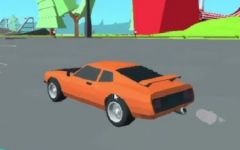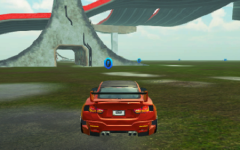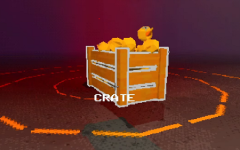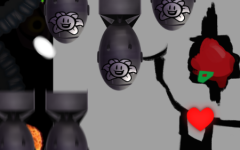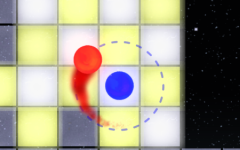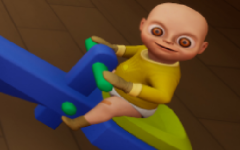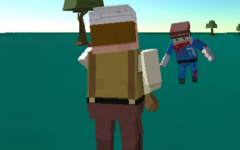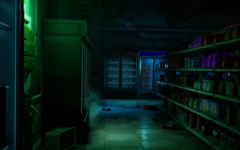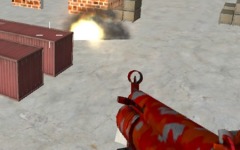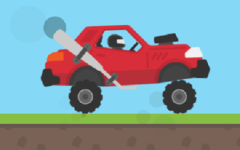Advertisement
Forest Mouse
Advertisement
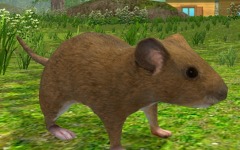
Forest Mouse presents a survival-focused experience where the player takes on the role of a small animal trying to maintain its home and safety. The game is set in two different areas: a dense natural setting and an indoor human environment. In the forest, the player must gather items like seeds, mushrooms, and bark. Inside the house, the environment shifts to one of scavenging, where objects like food scraps and discarded tools must be found and used. The player’s task is to balance risk and reward while managing limited time and mobility.
Structure and Survival Mechanics
The progression in Forest Mouse is centered on building and maintaining a nest. Players begin with simple materials and gradually unlock stronger and more complex structures. Resource gathering is affected by location, weather conditions, and threats. The mouse can construct multiple upgrades that provide advantages, such as improved shelter or quicker recovery. As the game advances, players also unlock companions, creating a family unit that helps with various tasks. This family element changes how the player approaches both exploration and defense.
Systems and Core Features
Each part of Forest Mouse’s gameplay ties into the goal of survival across both day and night cycles. Players need to keep the mouse fed and protected while expanding the nest. Predators are introduced early, forcing the player to avoid or prepare for danger. Items discovered in the house and the forest contribute to the same resource pool but carry different levels of risk. Navigation between environments becomes a key decision.
Core features include:
- Two distinct zones for resource collection
- A nest system with upgrades and utility structures
- Encounters with various predators and traps
- A companion system with breeding and training
- Missions and unlockable tools for progression
Player Strategy and Resource Planning
In Forest Mouse, players must evaluate where to search, how far to travel, and when to return. Both areas offer different resources, but each has its own dangers. Failure to manage energy or inventory can lead to losing progress. Raising offspring introduces additional responsibilities, as young mice must be kept safe and gradually taught survival skills. The player must make choices on how much to invest in expansion versus immediate needs.
Forest Mouse builds its gameplay loop around short-term risks and long-term growth. The absence of written story elements focuses the player’s attention entirely on interaction with the environment and the systems within it. Over time, the challenge increases as new mechanics are introduced, requiring the player to plan more carefully. The blend of exploration, construction, and family maintenance results in a game that rewards consistency and decision-making without relying on narrative elements or dialogue.























































































































